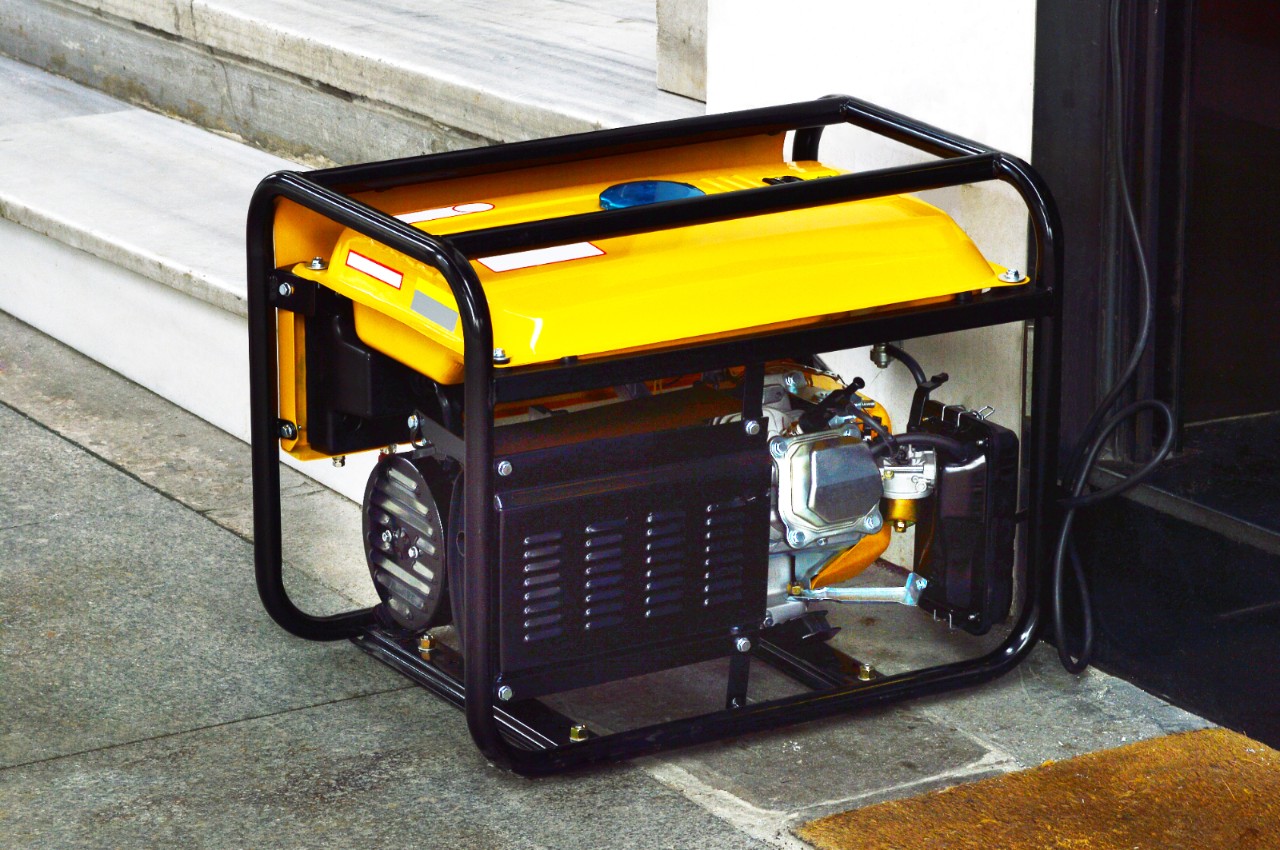Generator Safety Tips
Portable generators can be helpful during power outages – but they can also be dangerous if not used properly. The biggest risks are carbon monoxide (CO) poisoning, electrical shock and fire. Here’s how to stay safe:

Carbon Monoxide Warning
- Never use a generator indoors or in partially enclosed spaces. CO builds up quickly and can be deadly – you can’t smell or see it.
- Keep generators at least 20 feet away from doors and windows.
- Always use a battery-powered CO detector and check the batteries regularly.
- If you feel dizzy, lightheaded or sick while indoors, move to fresh air right away and call emergency services.
Electrical Safety
Never plug a generator into a wall outlet. This “backfeeding” can seriously harm utility workers and neighbors.
Keep your generator dry. Don’t use it in rain or wet conditions. Operate it on a dry surface under a canopy-like cover.
Plug appliances directly into the generator or use a heavy-duty outdoor extension cord with all three prongs.
Turn appliances off before plugging them in. Turn them on one at a time after the generator is running.
Equipment Tips
- Read and follow the manufacturer’s instructions – especially when calculating the load your generator can handle.
- If you plan to use larger appliances like a well pump or range, make sure your generator supports 240-volt loads.
- For powering your whole home, consider a stationary generator installed by a professional.
- If you must connect a portable generator to your home wiring, hire a licensed electrician to install a transfer switch that meets local code.
